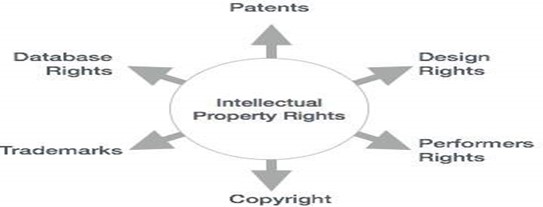Economic Survey 2024- Key Highlights
Context
The Finance minister tabled the Economy survey in the Parliament, a day before the Budget presentation.
About Economic Survey
It is prepared by the Economic Division of the Department of Economic Affairs in the Ministry of Finance.
It is formulated under the supervision of the chief economic adviser.
The Economic Survey was first introduced in 1950-51 as part of the Budget documents.
It was separated in the 1960s and is now presented a day before the Union Budget.
The Economic Survey comprises two parts.
The document’s first part includes the country’s economic developments and challenges.
It also offers an overall review on the economy. The second part is focused on the past financial year.
Key Highlights of the Economic Survey 2024
Resilient Indian Economy: The economy grew over 7 percent for a third consecutive year.
Gross value added (GVA) at 2011-12 prices grew by 7.2 percent in FY24.
India’s real GDP in FY24 was 20 percent higher than in FY20, a notable achievement among major economies, and suggested strong potential for continued robust growth in FY 2024-25 and beyond.
India’s CAD (current account deficit) for the last financial year stood at 0.7 percent of the GDP during FY24, an improvement from the deficit of 2.0 percent of GDP in FY23.
India’s external debt has been sustainable over the years, with the external debt-to-GDP ratio standing at 18.7 percent at the end of March 2024.
Stable banking sector: Bank credit growth was broad-based and double-digit.
Gross and net non-performing assets (NPAs) reached multi-year lows.
Core inflation falls significantly: Inflation at 5.4 percent – the lowest level since the pandemic, driven by a fall in core inflation – both goods and services.
Core services inflation eased to a nine-year low in FY24; at the same time, core goods inflation also declined to a four-year low.
Food inflation a concern: It stood at 6.6 percent in FY23 and increased to 7.5 percent in FY24.
Due to extreme weather events, depleted reservoirs, and crop damage, India’s agriculture sector faced challenges, giving rise to food inflation.
FDI inflows slow: Net FDI inflows to India declined from $42 billion during FY23 to $26.5 billion in FY24.
However, gross FDI inflows moderated only by 0.6 per cent from $71.4 billion in FY23 to just under $71 billion in FY24.
External Sector: India’s external sector remained strong despite geopolitical headwinds and persistent inflation.
Logistics Performance Index: India improved its rank from 44th in 2018 to 38th in 2023 out of 139 countries.
Export Diversification: India is adding more export destinations, indicating regional diversification.
Services Exports: Grew by 4.9% to USD 341.1 billion in FY24. Growth driven by IT/software services and ‘other’ business services.
Remittances: India is the top remittance recipient globally, reaching USD 120 billion in 2023.
Foreign Portfolio Investment: Positive net inflows in FY24 supported by strong economic growth, stable business environment, and increased investor confidence.
India’s energy needs to grow 2 times by 2047: India’s energy needs are expected to grow 2 to 2.5 times by 2047 to meet a growing economy’s developmental priorities and aspirations.
……………………….



.jpg)
.jpg)
.jpg)
.jpg)
.jpg)
.jpg)

.jpg)



